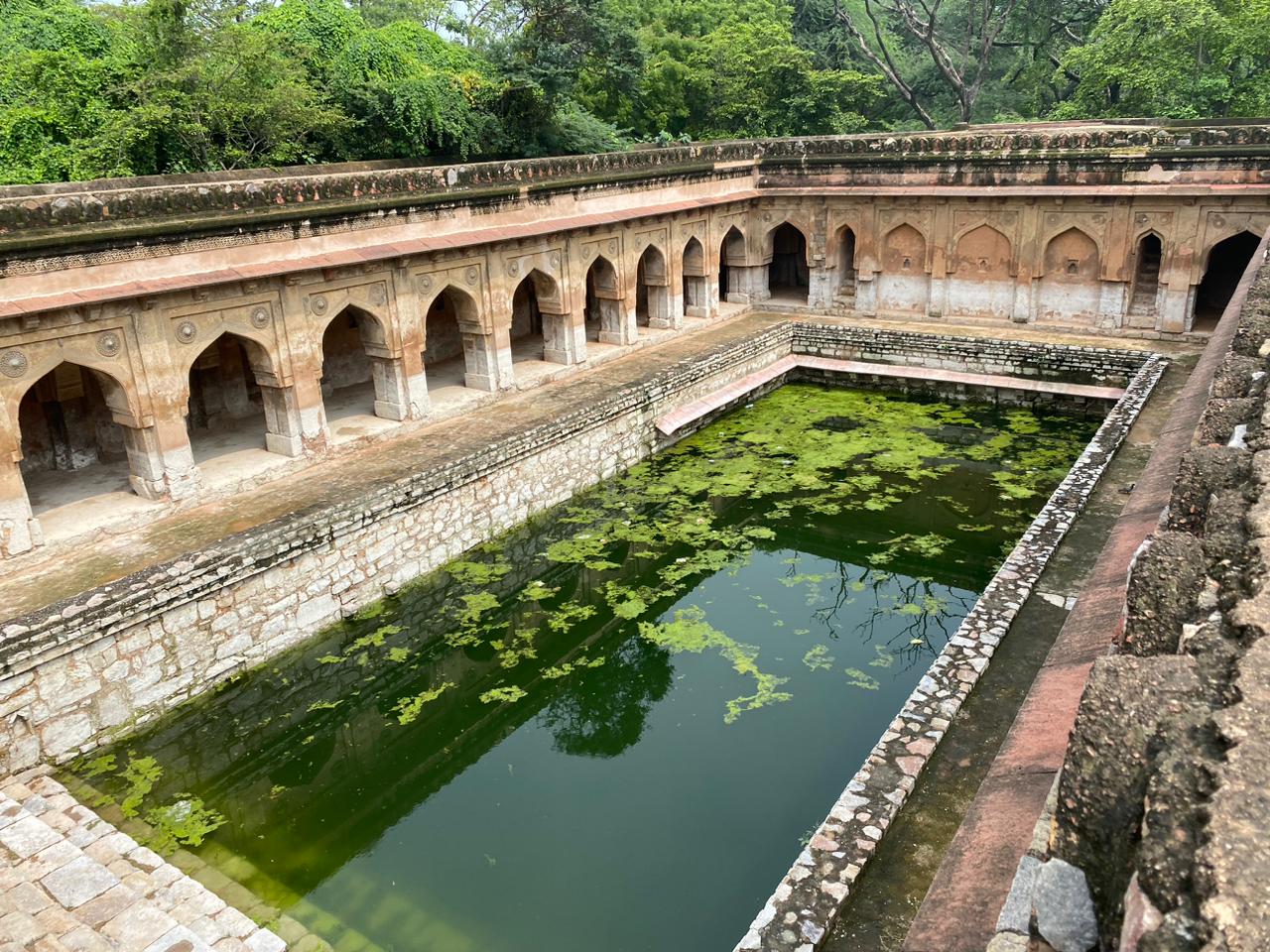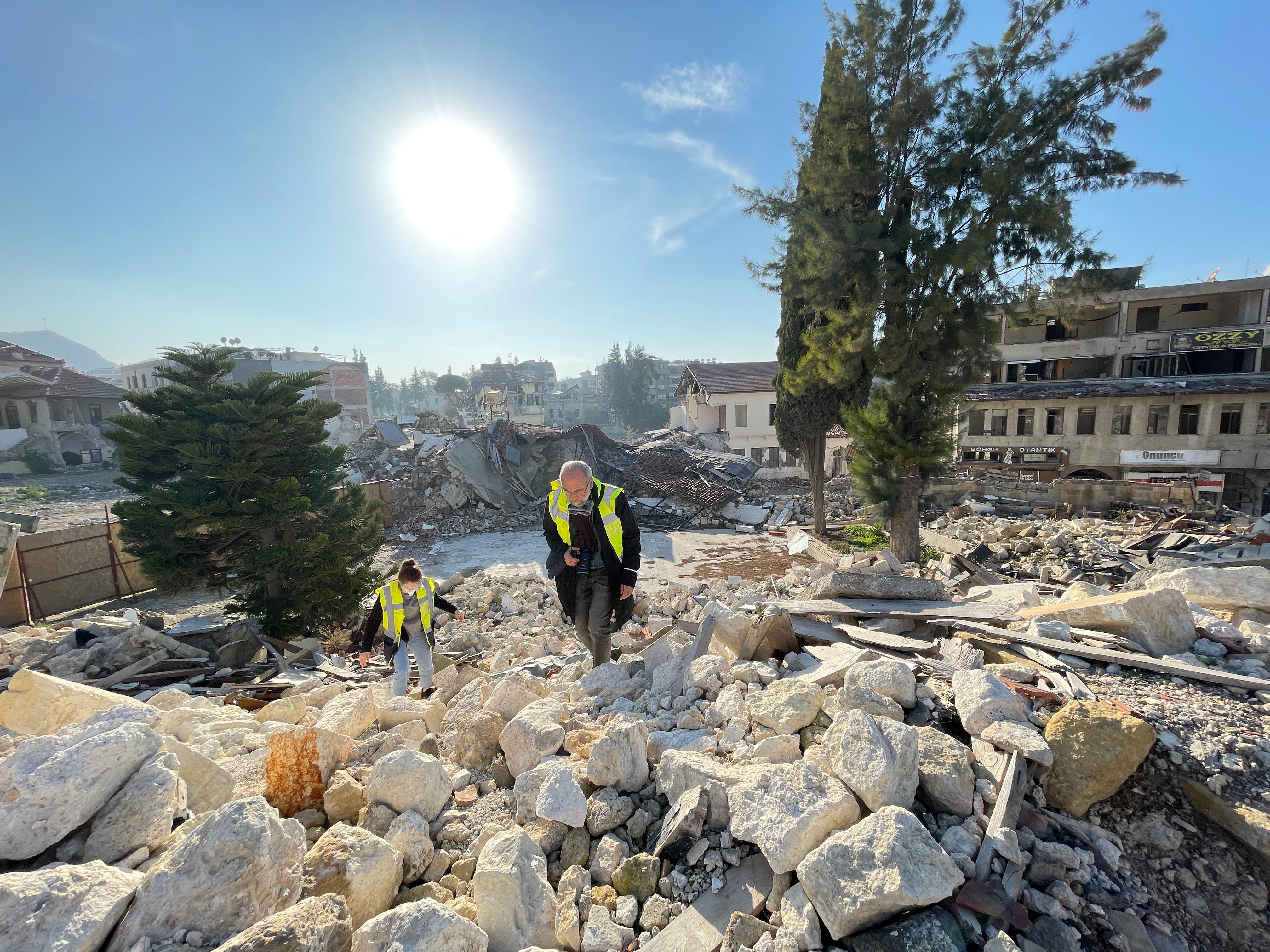One in six cultural heritage sites are at risk thanks to climate change - here’s how we’re trying to save them
One in six cultural heritage sites is threatened by more erratic weather, hotter temperatures, flooding, drought and invasive species
Your support helps us to tell the story
From reproductive rights to climate change to Big Tech, The Independent is on the ground when the story is developing. Whether it's investigating the financials of Elon Musk's pro-Trump PAC or producing our latest documentary, 'The A Word', which shines a light on the American women fighting for reproductive rights, we know how important it is to parse out the facts from the messaging.
At such a critical moment in US history, we need reporters on the ground. Your donation allows us to keep sending journalists to speak to both sides of the story.
The Independent is trusted by Americans across the entire political spectrum. And unlike many other quality news outlets, we choose not to lock Americans out of our reporting and analysis with paywalls. We believe quality journalism should be available to everyone, paid for by those who can afford it.
Your support makes all the difference.From Victorian glasshouses to ancient water channels, a new slate of projects has been announced in the ongoing effort to save the world’s most precious places.
The World Monuments Fund (WMF), an independent organisation dedicated to protecting cultural heritage, announced $15m in funding for places around the world, including London, the Kathamandu Valley, Nepal, and the Peruvian Andes.
One in six cultural heritage sites is threatened by climate impacts from more erratic weather to hotter temperatures, flooding, drought and invasive species, UNESCO estimates.
The issue “is urgent if we want to preserve humanity’s greatest achievements,” Benedicte de Montlaur, WMF’s president and CEO said during Wednesday’s announcement.
The 2024 list includes the revival of ancient water systems to provide reliable sources as shortages increase for billions of people around the world. In many places, traditional water infrastructure can still function but has fallen into states of disrepair.
In India, where half the country faces high or extremely high water stress, systems that captured and stored water for generations are being rehabilitated with the help of local communities.

A similar project is being undertaken in the Kathmandu Valley, Nepal, where 20 per cent of residents live without piped water to their homes.
The region has traditional water distribution systems composed of complex channels, often elaborately carved spouts, called hitis, which have fallen victim to rampant development and a loss of knowledge on how to maintain them. WMF plans to map and document where hitis are located and create guidelines on how to look after them.
The third project is taking place in Peru, where a system of dams, retention basins and channels, that move water from high to lower elevations across the Andes, has been used for 1,000 years. The system began to die out during the colonial era, and WMF and partners intend to revive it. Part of the plan will be teaching traditional maintenance skills to indigenous communities so the water is available for daily use and irrigating agricultural terraces.
Another of the 2024 priorities, dubbed “greener glasshouses”, is taking place at London’s Kew Gardens. The Palm House and Waterlily House, which currently both have Victorian heating systems, are being used as pilots to develop carbon-neutral glasshouses that can be replicated around the world.
“Successfully making such important historic buildings carbon neutral would be a major achievement, and as such, they have the potential to become models for the energy transitions of working historic buildings – not just in the United Kingdom but throughout the world,” the WMF noted.
“Ensuring the legacy of the Palm House will also safeguard the critical biodiversity it shelters; many of its species are endangered or even extinct in the wild and are being studied by scientists for possible applications in medicine, materials, and sustainable food production.”

Work will also continue on projects that launched in 2023. WMF is involved in recovery efforts for the Antioch Greek Orthodox Church and the Antioch Synagogue in the ancient city of Antakya, one of the worst affected by the devastating earthquakes in Turkey and Syria last February.
The organisation is involved in safeguarding Ukrainian heritage sites following Russia’s invasion almost two years ago. WMF is restoring the glass dome of Teacher’s House, a landmark in the capital Kyiv that hosted the first parliament of the Ukrainian Republic in 1917, after rockets exploded just a few hundred metres from the building in October 2022.
Projects are also ongoing at Phnom Bakheng temple site in Siem Reap, Cambodia which needs major restoration to protect from water damage and address structural stability.
The Fabric Synagogue in Timișoara, Romania, a house of worship at the heart of a large and thriving Jewish community, is being turned into a cultural center with the potential to revitalize the surrounding neighborhood.

Join our commenting forum
Join thought-provoking conversations, follow other Independent readers and see their replies
Comments